I am working with 3D CT images and trying to remove the lines from the bed.
A slice from the original Image:
Following is my code to generate the mask:
segmentation = morphology.dilation(image_norm, np.ones((1, 1, 1)))
labels, label_nb = ndimage.label(segmentation)
label_count = np.bincount(labels.ravel().astype(int))
label_count[0] = 0
mask = labels == label_count.argmax()
mask = morphology.dilation(mask, np.ones((40, 40, 40)))
mask = ndimage.morphology.binary_fill_holes(mask)
mask = morphology.dilation(mask, np.ones((1, 1, 1)))
This results in the following image:
As you can see, in the above image the CT scan as distorted as well.
If I change: mask = morphology.dilation(mask, np.ones((40, 40, 40))) to mask = morphology.dilation(mask, np.ones((100, 100, 100))), the resulting image is as follows:
How can I remove only the two lines under the image without changing the image area? Any help is appreciated.



